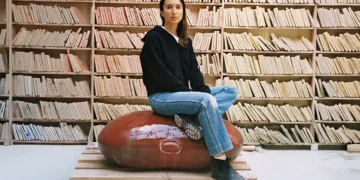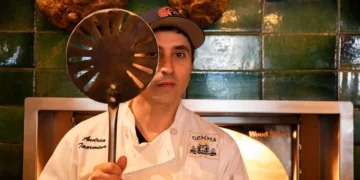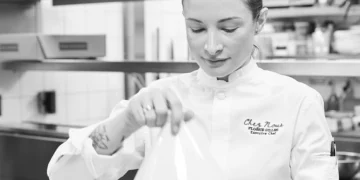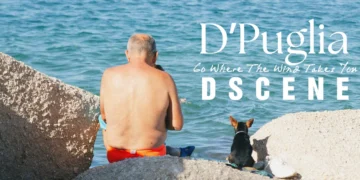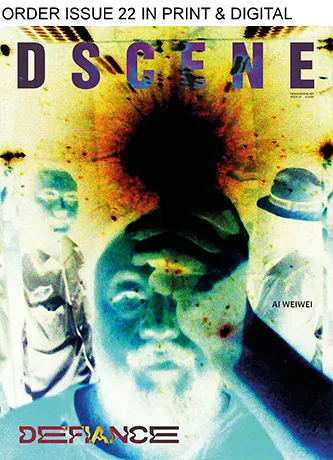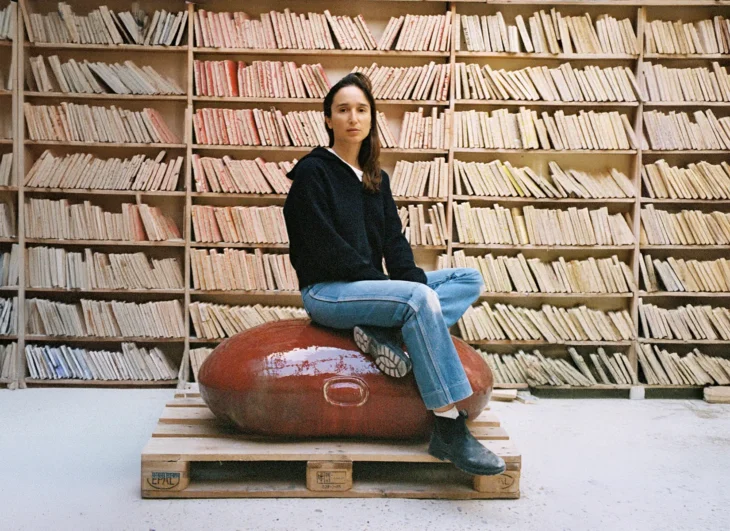
Luna Paiva sat down for an in-depth conversation with DSCENE Magazine’s Editor in Chief, Zarko Davinic, following her highly anticipated solo exhibition, The Seed, opening September 4 at STUDIOTWENTYSEVEN in New York. Known for her sculptural mastery in bronze and ceramic, Luna unveils her most function-forward works to date, limited-edition furniture pieces that blur the boundaries between art and utility, including chairs, tables, and monumental totemic forms crafted from cast bronze and glazed gres ceramic. These striking creations channel the spirit of megalithic and Brutalist architecture, yet remain unmistakably contemporary.
The Seed also marks the debut of Luna’s Aura series, a collection of large-format colored pencil drawings developed during the pandemic. This meditative body of work explores transformation and material resonance, offering a new dimension to her practice while maintaining her fascination with gradient and process. The exhibition stands as the latest chapter in Luna’s creative evolution, seamlessly weaving together art, design, and personal narrative in one of her most immersive presentations to date at STUDIOTWENTYSEVEN.
Continue reading for DSCENE interview with Luna Paiva:
What inspired the transition in your practice from bronze to ceramic for “The Seed,” and how did this shift influence your creative process? – This body of work marks a change in my artistic practice, a shift away from bronze, a material I’ve worked with for the past 10 years, and into color, to a more generative and playful medium. During the lockdown, all the foundries I rely on were closed, so drawing was the only medium at hand, paper and pencils in the middle of the countryside. I started diving into the color, and color into sculpture led me to ceramics and glazings. Looking back now, the seeds for this change were already planted, through family, environment, and circumstances. I started a new life in Barcelona in an area specialised in ceramic, and exploring this material I started to think through it. My first project with ceramic was in Morocco, a playground for an orphanage that has been build after the earthquake. I worked along with Moroccan zelige ceramic artisans that for the first time introduced color into my sculptures.
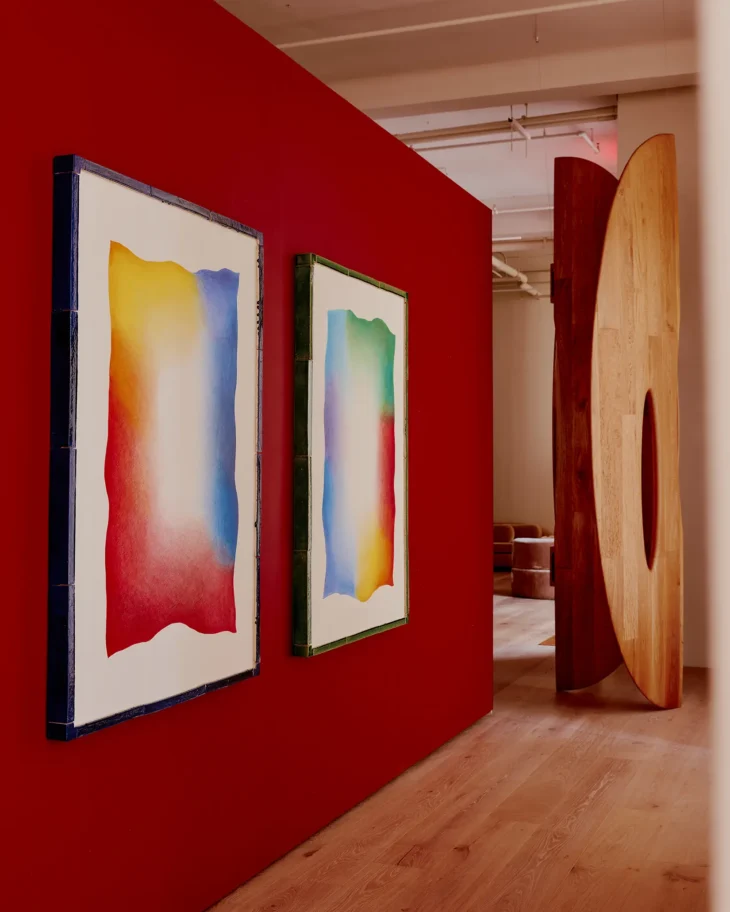
In what ways do the new glazed ceramic sculptures in “The Seed” blur the boundaries between functional design and fine art? – I’m not afraid of making sculptures that can be functional or to make a sculpture that looks like a table. Between the unnecessary and the necessary there’s a kind of truth. In a mechanized world of AI, where any image is possible, functionality is newly beautiful to me. Like the totems I’ve been working on for years, the language of utility is a link to the past, a link between human intelligence and the genius of nature. All the sculptures at the exhibition can be disassembled and re assembled, a table can be turned into a sculpture, a sculpture can be reshaped by placing differently each beam or cube, there’s always a possible transmutation.
How did you collaborate with Nacho Polo and Robert Onuska on the scenography for this exhibition, and what impact did their curatorial vision have on the final presentation? – Nacho and Robert were closely involved in shaping how the works were presented in space. There was a mutual trust, I felt their full support during these 2 years of production and when they were in charge of the scenography I didn’t even need to look at it. In fact, it was a surprise. They created an environment where the structure of the work could interact with the space, building a strong family.
The exhibition features both sculptural works and large-scale colored pencil drawings. How do these two mediums interact and inform each other within the immersive environment of “The Seed”? – All my ideas come from a fictional world that I draw in a notebook; some become clay models and others bronze sculptures. They jump from one material to the other like a stone skipping across a lake. When projects come to fruition, I can see the path from these vaguer forms into real, tangible and, sometimes meaningful, work. The drawings, like the aura series, began during lockdown and became a starting point for the ceramics, the playground, the totem cubes, and later, ceramic tables. It’s the same process, just through different materials. The exploration of the colors through the drawings allowed me to move into ceramic and then framing the drawings with ceramic is like giving to the drawing the 3dimensionality of the ceramic. It’s a virtuous circle.
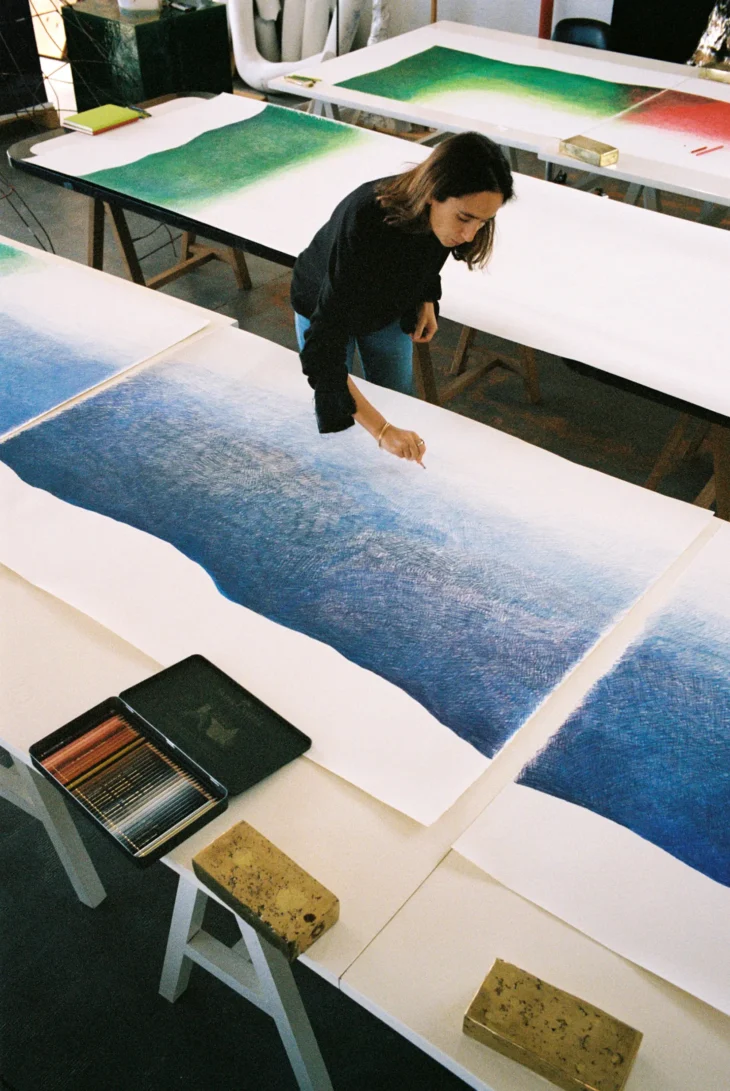
Your “Aura” drawings, first introduced as “Aura Colectiva” at the 15th Bienal de la Habana, offer a more intimate counterpoint to your sculptures. How did your experience during the pandemic shape this body of work and its themes? – The aura series began at the time I was pregnant with my youngest daughter Athena, and I felt like I was drawing a womb that became an aura as I discovered an invisible portrait within the different shades. The aura series is made from colored pencil gradients, colors I find in perfect combinations randomly on the street, in nature, or through objects. The body shaped my work, that’s the body of work.
Megalithic architecture and brutalist design are cited as inspirations for your latest sculptures. Can you elaborate on how these influences manifest in the forms, materials, and presence of the works? – The underlying concept is about structure and composition—composing with colors and highlighting the very structure of building (one block on top of another, layer on layer). Color becomes structure and structure becomes sculpture. I’ve always been drawn to elemental gestures: placing one stone on top of another, building a tower with wooden sticks or cubes, building furniture the way children play with blocks. I had not followed any inspiration I was just driven by intuition and creating balance between shapes and colors.
You describe creating “climbable, jumpable, and crossable” sculptures where beauty becomes useful. How do you hope audiences will physically and emotionally engage with these interactive elements? – I found deep satisfaction in making climbable sculptures that are not only beautiful but useful. When the children at the orphanage in Morocco first interacted with the sculptures, they didn’t know if they could play or even touch the pieces, but then a boy climbed and jumped from the top and suddenly a whole gang of kids started inventing their own style of play. They claimed the sculptures as their own. That moment brought the work to life and gave it purpose. In this exhibition, the sculptures are interchangeable, elements cross over, mix, and shift between function and form. A sculpture can become a functional piece, or the opposite.
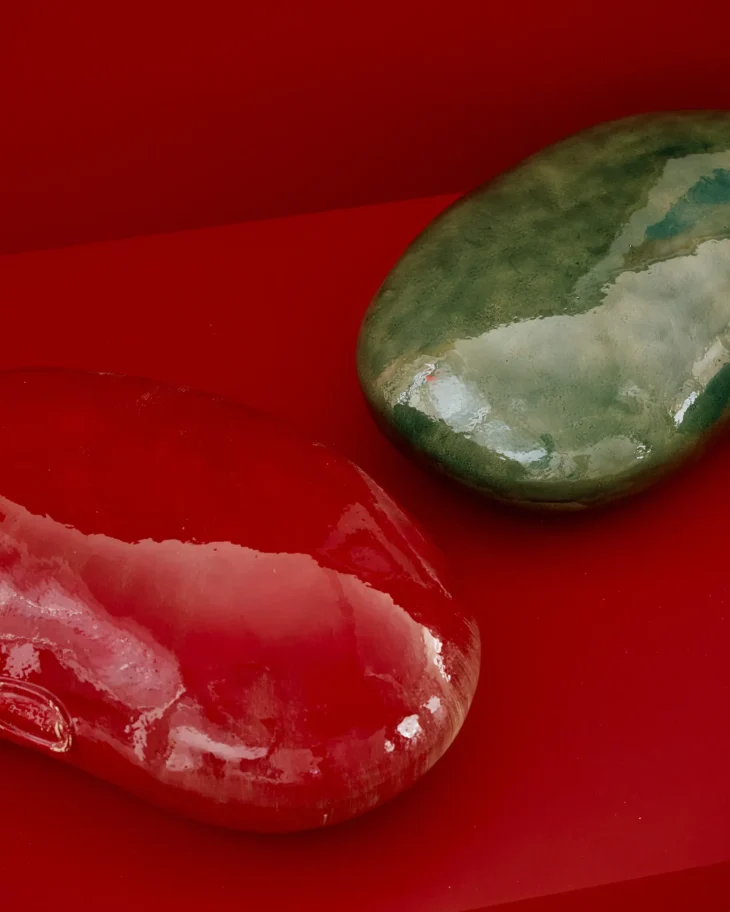
“The Seed” is described as a pivotal phase in your artistic evolution. What does this moment represent for you personally and professionally, and how do you see your practice evolving from here? – Looking back now, these past years have been productive. This new body of work grew out of changes in my life and in my surroundings, Barcelona, Northern Africa, pregnancy, lockdown. I’ve worked for the past decade on the magic of medium and texture, moving from photography into sculpture, and now into drawing and ceramics. This moment is a shift: I’m moving toward materials that allow more flexibility and play.
Looking back at your previous large-scale installations, such as “A Matter of Time” for Faena Art during Art Basel Miami Beach, how does “The Seed” build upon or diverge from your earlier explorations of space, materiality, and transformation? – I’ve always been interested in what we look past and fail to see, like potted plants, plastic chairs, or cactus collecting dust. I used to recast these in bronze to elevate them. With a matter of time, I explored how context transforms everyday objects. The seed represents the origin of life, something unseen, but essential. In this case, it’s about the natural process of growth and transformation. Where there was nothing, suddenly something new has appeared, the seed is in the artist, in the relationship between the artist and the world.
More of the exhibition in the gallery:
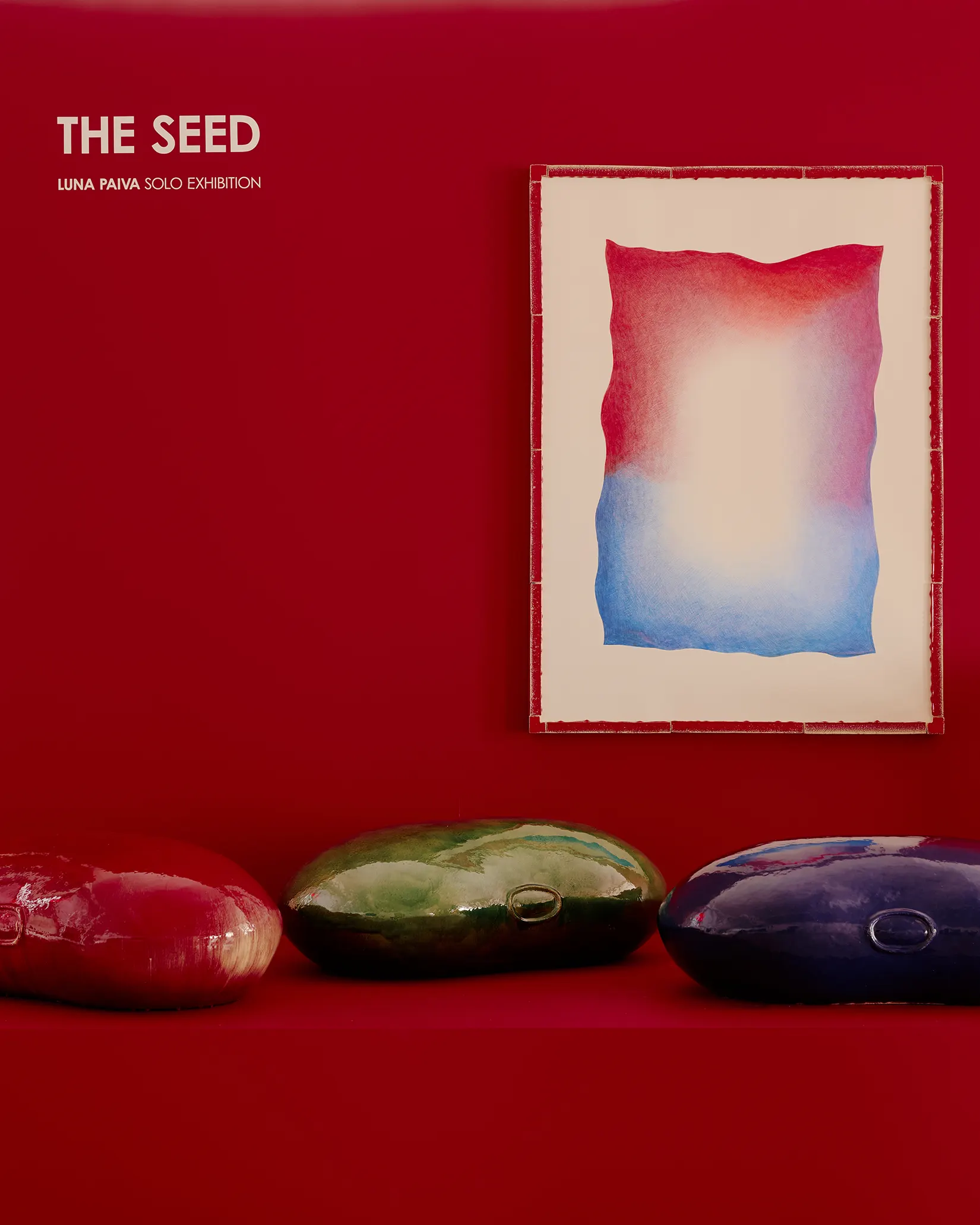
The Seed by Luna Paiva is on view till November 4th – at STUDIOTWENTYSEVEN, 241 Church St, New York, NY 10013, United States.
